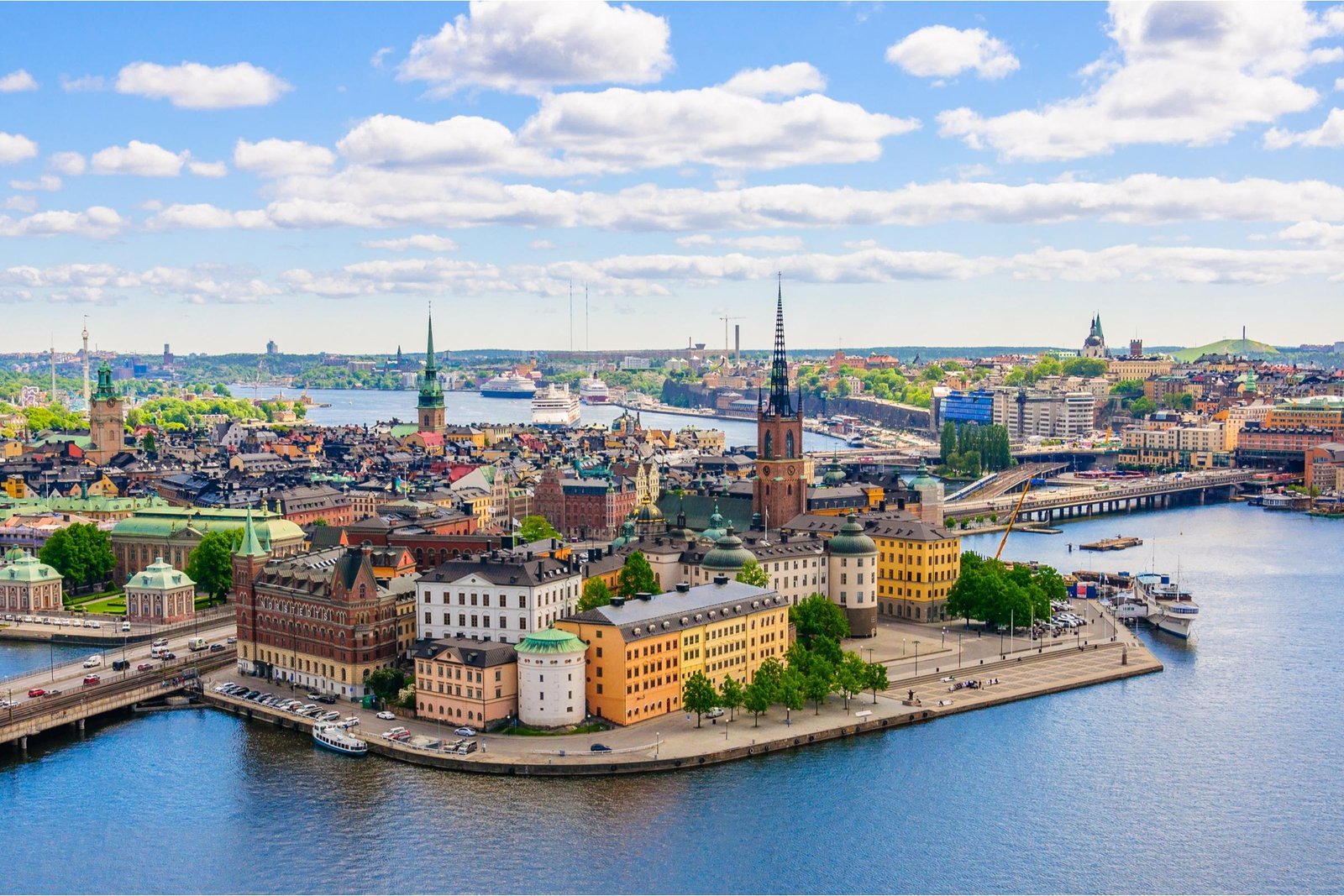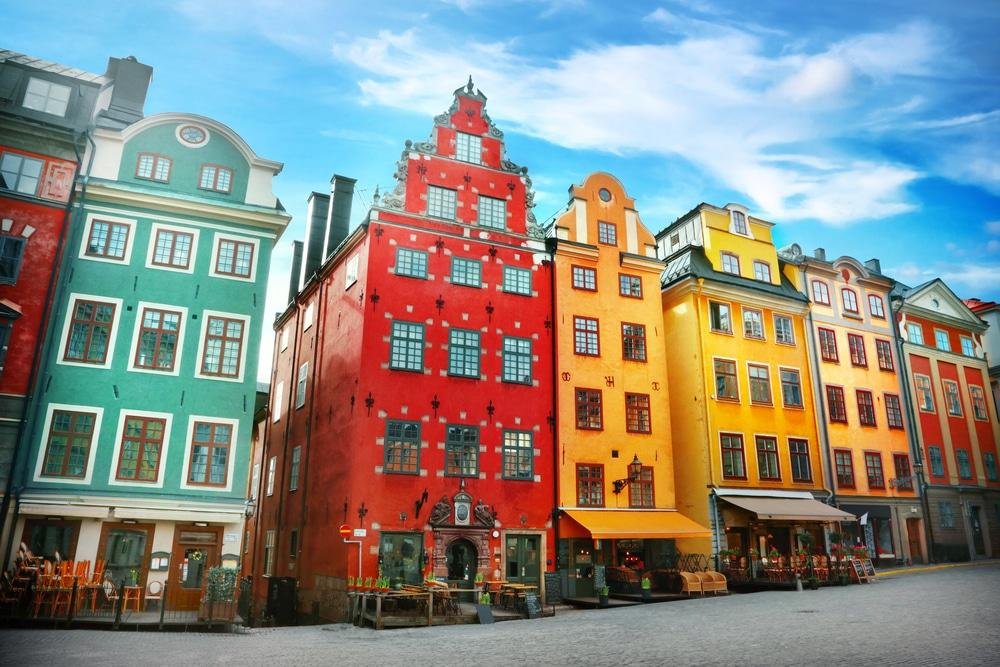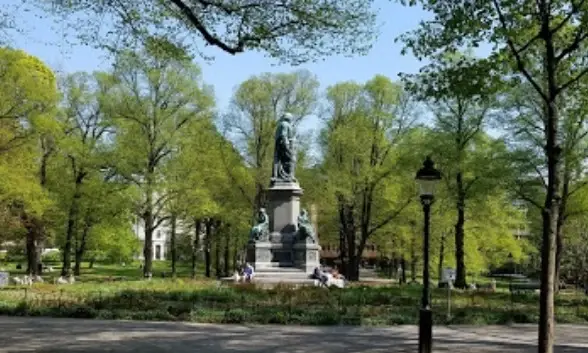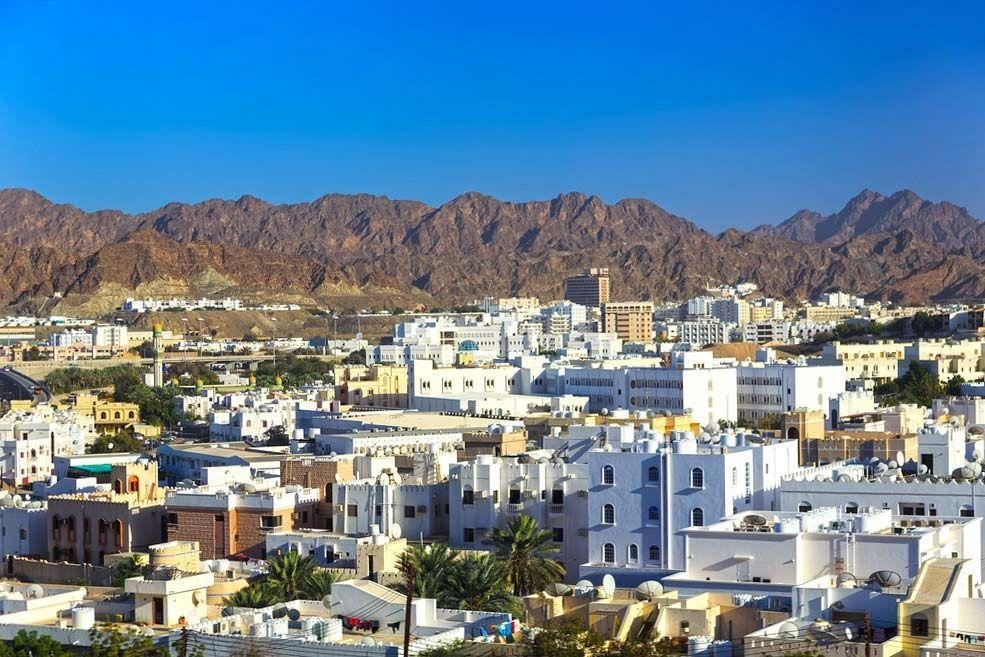Muscat, the capital city of Oman, is a captivating blend of traditional Arabian architecture and modern design, reflecti...
The Architectural Wonders of Stockholm, Sweden

Stockholm, the capital of Sweden, is a city celebrated for its stunning architecture and picturesque landscapes. Spanning across fourteen islands, the city offers a unique blend of historical and modern architectural styles, reflecting its rich history and cultural diversity.
One of the most iconic landmarks in Stockholm is the Royal Palace (Kungliga slottet), located in Gamla Stan, the city’s old town. This magnificent Baroque structure, completed in the 18th century, serves as the official residence of the Swedish monarch. The palace boasts over 600 rooms and features stunning interiors, including the Hall of State and the Royal Apartments, showcasing the grandeur of Swedish royalty. The palace’s impressive façade and surrounding cobblestone streets make it a must-visit for tourists.

Adjacent to the Royal Palace is Stockholm Cathedral (Storkyrkan), a beautiful Gothic church dating back to the 13th century. The cathedral is known for its stunning wooden sculptures, intricate altarpieces, and the famous statue of Saint George and the Dragon. Its towering spire and ornate decorations make it a prominent feature of the Stockholm skyline.
The city’s architectural diversity is further exemplified by the City Hall (Stockholms stadshus), an iconic symbol of Stockholm. Completed in 1923, this magnificent building features a blend of Swedish National Romantic style with influences from Italian Renaissance architecture. The City Hall is home to the Nobel Prize banquet and offers panoramic views of the city from its iconic tower, which is adorned with three golden crowns. The stunning mosaics and grand halls inside the building are a testament to the craftsmanship of Swedish artisans.

Another architectural gem in Stockholm is the Stockholm Public Library (Stockholms stadsbibliotek), designed by the renowned architect Gunnar Asplund and completed in 1928. This modernist building is characterized by its circular shape and striking white façade. The library’s interior features a vast collection of books, reading areas, and a stunning rotunda that invites visitors to explore its literary treasures. The design reflects Asplund’s vision of creating a democratic space that encourages the sharing of knowledge.
The modern architectural landscape of Stockholm is represented by the Ericsson Globe, a spherical arena completed in 1989. This iconic structure is the largest hemispherical building in the world and serves as a venue for concerts and sporting events. The Globe’s unique design and impressive size have made it a recognizable symbol of Stockholm, and visitors can take a ride on the SkyView, a glass gondola that offers breathtaking views of the city and surrounding archipelago.
Stockholm’s waterfront is adorned with beautiful promenades, parks, and bridges that enhance the city’s architectural charm. The Djurgården Island is home to several museums and attractions, including the Vasa Museum, which houses a 17th-century warship. The museum’s striking architecture, with its modern design and wooden elements, complements the historical significance of the ship it showcases. The nearby ABBA The Museum celebrates the iconic Swedish pop group with interactive exhibits and a vibrant design that captures the essence of their music.

The Gamla Stan district, with its winding cobblestone streets and colorful buildings, is a treasure trove of medieval architecture. The narrow alleys are lined with charming shops, cafes, and historic buildings, creating a captivating atmosphere that transports visitors back in time. The Stortorget square, with its picturesque townhouses and the Nobel Museum, serves as the heart of Gamla Stan, showcasing the architectural beauty of the area.
In contrast to the historic district, the modern district of Norrmalm features contemporary architecture and urban design. The Kista Science City, known for its high-tech companies and research institutions, showcases innovative buildings that emphasize sustainability and functionality. The architecture in this area reflects Stockholm’s commitment to being at the forefront of technology and design.
Stockholm is also known for its commitment to sustainability in architecture. The Hammarby Sjöstad district is a prime example of sustainable urban development, featuring environmentally friendly buildings, green spaces, and efficient public transportation. The district is designed to minimize its ecological footprint while providing a high quality of life for its residents. The integration of nature and modern design creates a harmonious living environment that reflects Stockholm’s dedication to sustainability.

The architectural landscape of Stockholm is further enriched by its numerous parks and public spaces. The beautiful Humlegården park, located near the Royal Library, features elegant tree-lined paths, sculptures, and peaceful gardens. This urban oasis provides a serene escape from the bustling city, inviting residents and visitors to relax and enjoy nature. The park’s design harmoniously blends with the surrounding architecture, creating a cohesive urban environment.
Cultural events and festivals play a significant role in Stockholm’s community life, often taking place in historic venues and public spaces. The Stockholm Culture Festival, held annually, celebrates the city’s artistic spirit with performances, exhibitions, and workshops. The festival showcases the city’s architectural diversity as it transforms public spaces into vibrant cultural hubs, highlighting the importance of architecture in fostering community engagement.
The culinary scene in Stockholm is also intertwined with its architectural identity. Many restaurants and cafes are housed in beautifully restored historic buildings, offering diners a unique atmosphere that complements their culinary experiences. Traditional Swedish cuisine, characterized by fresh local ingredients and innovative dishes, can be enjoyed in these atmospheric settings, enhancing the overall experience of exploring the city.
As Stockholm continues to evolve, urban regeneration projects aim to revitalize neglected areas while preserving the city’s architectural heritage. Efforts to enhance walkability, promote public transportation, and integrate modern design with historical context reflect Stockholm’s commitment to sustainable urban development. These initiatives ensure that Stockholm remains a vibrant and livable city, balancing its rich history with contemporary needs.
The architectural essence of Stockholm is also reflected in its numerous monuments and memorials. The Memorial to the Victims of the Holocaust, located in the city center, serves as a poignant reminder of the atrocities of the past. This solemn site encourages reflection and honors the memory of those who suffered, highlighting the role of architecture in shaping collective memory.
In conclusion, Stockholm is a city where architecture serves as a reflection of its rich history, cultural diversity, and aspirations for the future. The harmonious blend of Gothic, Baroque, modernist, and contemporary designs creates a captivating urban environment that enchants all who visit. Whether exploring the grandeur of the Royal Palace, admiring the beauty of the Stockholm Public Library, or enjoying the artistic vibrancy of Gamla Stan, visitors to Stockholm are sure to be inspired by the city’s architectural charm and cultural depth.
The seamless integration of tradition and modernity ensures that Stockholm remains a vibrant and livable city, celebrating its past while looking toward the future. With its unique architectural essence, Stockholm invites all to explore its captivating urban landscape and experience the rich stories that each building has to tell. The city’s architecture not only reflects its glorious past but also shapes its vibrant present and promising future, making it a true gem of Sweden.
Stockholm’s architectural journey is a testament to the city’s resilience and adaptability, highlighting its ability to embrace change while honoring its historical roots. From its medieval churches to modern skyscrapers, Stockholm stands as a vibrant example of how architecture can embody the spirit of a place and its people, creating a dynamic urban environment that reflects the city’s rich and diverse heritage.
Share:




